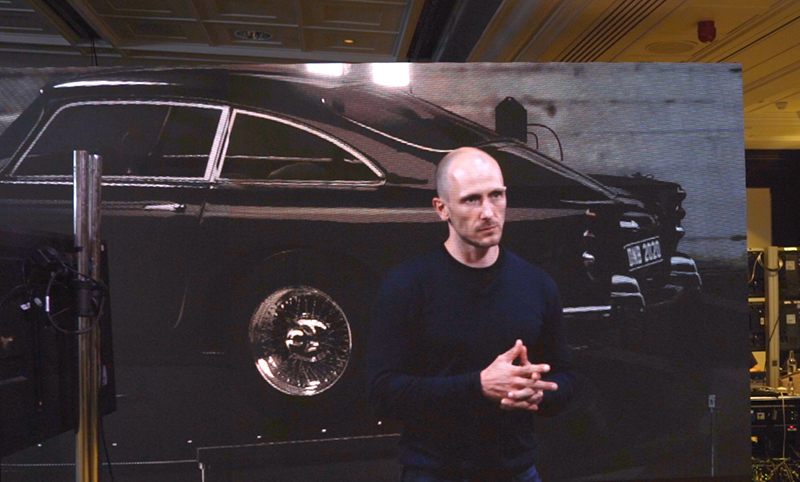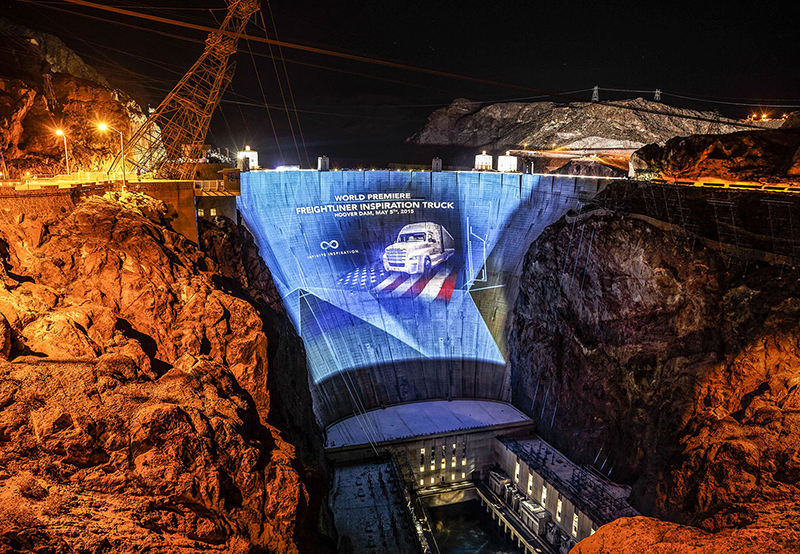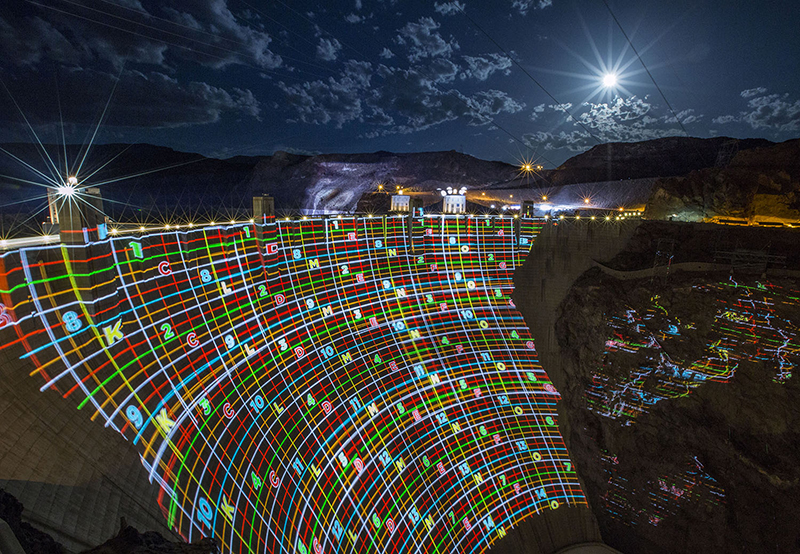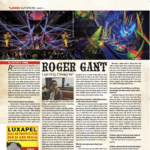
Nils Porrmann is a leading voice in the changes to workflows in our industry as new video and visual production technologies have been introduced. Most recently his focus has been on the rapid adoption of XR (miXed Reality), creating content through the use of real-time technology. He is a co-founder of the creative firm dandelion+burdock where he works as Director of Creative Workflows. His resume includes many of the most impressive projection mapping projects internationally, on some of the world’s most iconic structures—Buckingham Palace, The Guggenheim Museum, and the Hoover Dam. d+b’s clients also include leading global brands as well as international broadcasts and events. He is well regarded for his extensive knowledge, experience, and creative expertise. Today, Porrmann’s attention to detail, as well as his unique and thorough technical approach, ensure that projects he is involved with are always meticulously executed.

How did you get into the live entertainment industry?
In a roundabout way. I’m a trained illustrator and media designer and coming out of college in London I co-founded dandelion+burdock. We were doing a lot of print, so I interned with a printing firm and it was then that I realized that everything was moving digital. Before university, I had done traditional painting and sculpting classes, very old school, old masters’ kind of learning, painting still lives, and so on. I went on to learn that you have to find the most suitable medium for your message (and project).”
. Studying in London, it was very much about adapting to the problem at hand. That’s probably the real thread going through my career. I came into the live industry when I was thinking about everything being digital. I was saying, ‘So what’s the next horizon.’ Then I started doing a lot of animation work, including with United Visual Artists. They were the founding people behind disguise, d3 as it was called then. I was VJing, as a side project, with d3 in the evenings and then doing other design work during the day. That was my first exposure into the live entertainment industry. It was then a little later at d+b, when we worked with other artists, that we got interested in doing more. Leading us to ask, ‘Okay, where’s the next frontier, where’s the next threshold to crack?’ It’s always about asking, ‘What’s the added dimension? And what is that in relationship with the end client?’.
Is there a particular moment or project that you think really set you on a course in your career?
It was for the Queen’s Diamond Jubilee. I remember distinctly that it was a career-changing moment when I was lying in a hoodie in front of Buckingham Palace in the gravel working on mapping, when a guard, almost at gunpoint, asked me ‘when I would be stopping shining lights through one of their majesties’ windows’. It was definitely a revealing moment, one that made me realize that I could, handle that moment, and that it’s a convergence, a singularity in time, when you can work on things like that. At that moment in time I decided to go much more along the route of those unique projects, working on the planning and doing a lot more visual reconciliation of requirements for clients. You know, on the one hand juggling technical requirements—what can we render? How fast can we render? Can we actually handle the data? How fast is that going to go in it’s program? Is this bright enough? On the other hand, we have client requirements that we want to do the biggest things for and we have only a limited amount of time to get to a deadline. That’s something that I do love. I love that there is a very distinct point in time that you have to be done, it has to deliver on time to be successful. And then you move on to the next thing, you get to always move on to something new.

What is an important trait or quality you feel is needed for your job?
I think it comes to being excited about new projects and new challenges; working on something that entails curiosity, and having the will to struggle with it for a while. I think the biggest skill in all of that is to work with all the people around you. If you’re doing a project, you have to know that you are not doing the most important thing. The most important thing is that experience to the end customer. No one is the biggest wheel because even the smallest wheel can fail and you don’t have a show. I think what I really enjoy about being on site is to have a team that, as a group, works like clockwork; that all have ideas to offer that mitigate problems or to better the performance. So really it’s about being humble enough to let new ideas in and work with everybody around you and to be excited and to make sure that collectively you do the best work for the best result.

Is there an experience or project that stands out for you in your career so far?
There are a few, but I think projection mapping on Hoover Dam is one that stands out. It was 60 projectors converged onto the dam. Working with Creative Technology’s wonderful Las Vegas team, and the special guest projection star Bob Loney, [senior projectionist on the project], it was special to be part of that group. I worked on the workflows, it ended up being very humbling and rewarding. To be part of a team of so many great people working very hard to do something. It was exciting from many technical angles, but also just being on site in the almost pitch dark in such a pristine environment and one of national significance. That project broke the world record for brightness [Guinness World Record for highest light output projection]. It was quite to be part of; quite something to do.

Is there a piece of advice that you got early in your career that has stayed with you?
It was not explicitly advice but percolating through all the things I’ve just said, it’s learning the need for mutual respect and surrounding myself with people that aren’t just good at what they’re doing, but who also fit as team. And resilience is very important; nurturing one’s own resilience, I think is something that wasn’t explicitly said to me, but that I would have definitely been given on my way. You are working on something, it’s dark out, and you might be a bit miserable, it has been a long week, but you will get through it and so you keep working and it will be fine. I think that resilience is important.
What advice would you give to somebody who’s just starting out?
I would say to them, to be vocal about what they want to achieve and to have real inspiration of something that they like being excitable about. Also, being able to communicate. I’ve had great interns, but in some regards they were more occupied with a particular problem, or they had to learn how to ask for something. It’s about being open with others and also sharing. Don’t necessarily assume that your higher-up has all the answers. I would also say don’t necessarily stop at knowledge that is only respective of your field. You have to have a broader view.


